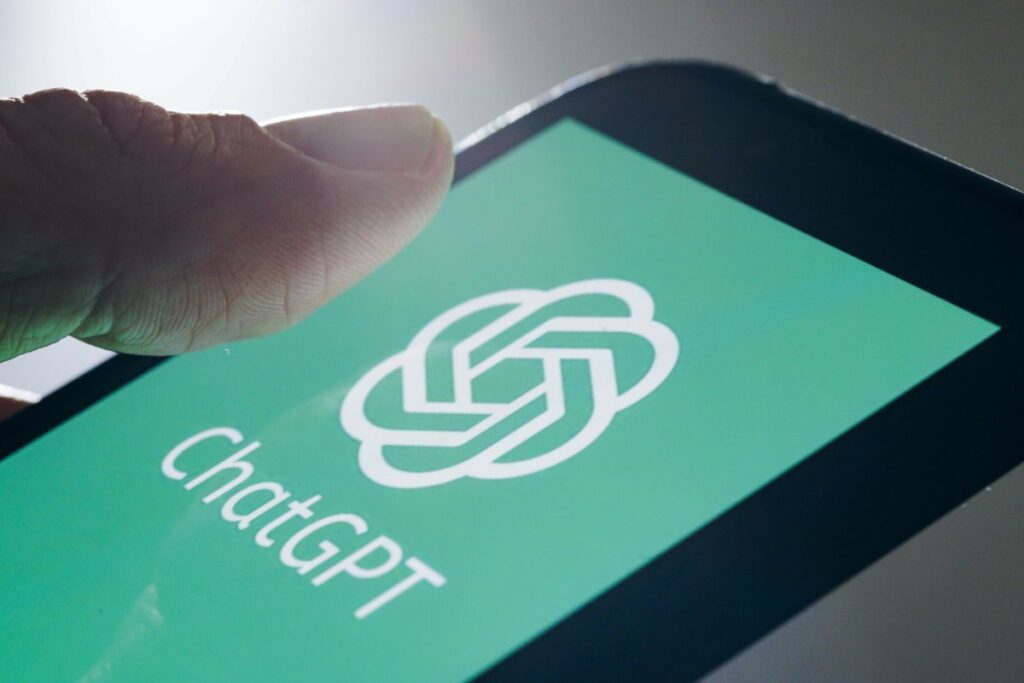In his book “Risk: The Science and Politics of Fear,” Dan Gardner discusses how our ability to evaluate risks has been distorted by the constant news cycle, leading to heightened anxieties in our global society. In “The Age of Prediction,” Christopher Mason and Igor Tulchinsky explore how artificial intelligence (AI) can change our understanding of risk. While AI promises greater predictability and accuracy in predicting outcomes, it also risks creating new fears and cognitive patterns. As we navigate this evolving landscape, it’s essential to approach AI as a helpful tool rather than an infallible guide, ensuring we maintain critical thinking and diverse perspectives to avoid complacency and cognitive decline. Understanding these changes will be key to thriving in a rapidly transforming world.
Title: Navigating Risk in the Age of AI: Insights from “The Age of Prediction”
In today’s fast-paced world, our ability to assess risk has never been more challenged. Canadian author Dan Gardner, in his 2008 book, “Risk: The Science and Politics of Fear,” highlights how the constant barrage of news shapes our understanding of danger and anxiety. Gardner argues that we now find ourselves in a global community that shares not only experiences but also fears, thanks to the overwhelming influence of the 24-hour news cycle.
In this context, Christopher Mason and I began our exploration in “The Age of Prediction,” focusing on how artificial intelligence (AI) could revolutionize not only our daily lives but also our perceptions of risk and uncertainty. As we stand on the brink of the AI revolution, one of the most significant impacts may be how AI reshapes our relationship with risk.
Risk, in essence, refers to uncertainty—it is an integral part of how we navigate our decisions and lives. While AI offers tools that might help us predict outcomes, it also has the potential to either simplify or complicate our understanding of risks.
Recognizing that AI can alter how we perceive the future will be crucial. As AI technology progresses, we may find ourselves closer to a reality where risks are quantified and clarity is increased. However, we must also be careful not to fall into traps that could hinder our ability to think critically and independently.
For instance, while AI can enhance predictive accuracy, it can also create a false sense of certainty. This could lead some to become complacent, overlooking potential challenges. It’s essential to view AI as a supportive tool rather than an infallible oracle.
Additionally, as AI analyzes every possible outcome, individuals might become overly cautious, afraid to take risks or make decisions. Therefore, it’s important to distinguish between significant risks and the everyday uncertainties we all face.
Moreover, just as the news cycle often amplifies certain narratives, AI could create echo chambers that reinforce our biases and fears. Maintaining a well-rounded perspective will require regularly refreshing our sources of information and engaging with diverse opinions and ideas.
Finally, relying excessively on AI for decision-making may lead to cognitive atrophy. Just as muscles weaken without use, our natural ability to judge risks may diminish if we stop challenging ourselves without AI’s assistance.
As we embrace predictive technologies that promise unprecedented insights into the future, we must also be aware of their potential to reshape how we think, feel, and interact. The journey through the Age of Prediction demands that we approach these tools thoughtfully and creatively, ensuring that we cultivate a balanced relationship with risk.
Igor Tulchinsky, founder and CEO of WorldQuant, emphasizes the need to engage critically with AI and not succumb to its limitations. Ultimately, as the world evolves, our understanding of risk must adapt alongside it.
What is AI doing in risk management?
AI is helping businesses predict and understand risks better by analyzing large amounts of data quickly.
How does AI improve decision-making related to risk?
AI provides insights and recommendations based on data patterns, helping people make smarter choices about risks.
Can AI completely eliminate risks?
No, AI can’t eliminate risks entirely, but it can help reduce them and make them easier to manage.
What kinds of risks can AI help with?
AI can help with various risks, such as financial, operational, cybersecurity, and even health risks.
Is it safe to rely on AI for risk analysis?
While AI is very helpful, it’s important to combine its insights with human judgment to ensure better decisions.






